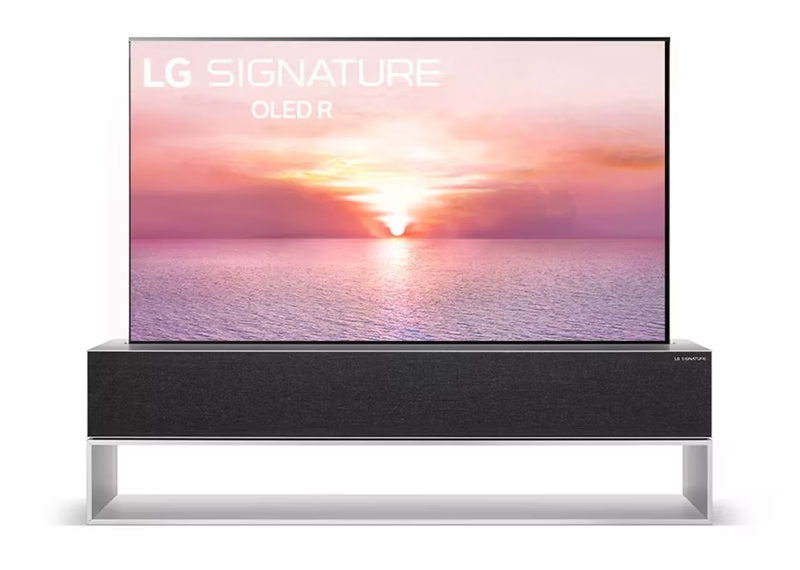This question has been on the frontier since Philips introduced the Full HD Cinema 21:9 56PFL9954H back in 2009.
An audacious piece of tech, it shrugged off the 16:9 HD standard.
The technology behind the 21:9 Philips TV was intriguing.

The magic happens when viewing cinematic content.
The upscaling, even by todays standards, worked well.
Not without flaws, but that was an example of ultra-wide TV that works as it should.
And I remind you, that was the year 2009 around.
In this context, the 21:9 Philips TVs approach to upscaling makes perfect sense.
However, the concept of ultrawide screens hasnt remained limited to TVs.
Over recent years, weve seen the 21:9 gaming monitors, and theyve taken their niche.
But despite the growing appeal and proven advantages, ultrawide TVs remain conspicuously absent from the market.
One might wonder why.
The reasons are not far to seek.
To begin with, producing ultrawide TVs would be significantly more expensive.
Technical limitations
One crucial aspect lies in the disparity between 21:9 panel resolutions and 21:9 content resolutions.
Currently, the maximum horizontal resolution for ultrawide video content (be it BluRay, streaming, etc.)
is set at 1920 pixels.
Scaling up invariably degrades quality; thus, its not the best solution.
This process of down-scaling, also known as supersampling, generally yields better image quality than up-scaling.
However, 800p is not an industry standard, and re-tooling manufacturing processes for it makes no business sense.
The most practical solution for a manufacturer might be a 50402160 panel.
Maybe thats time for other TV formats?
One of them is rollable TVs.
Take a cue from LGs rollable OLED R screen.
LG announced that it could extend to different heights to fit different content types.
The one question is: for what?
Great technology can still fit any content with any aspect ratio home projectors.
This technology is evolving and seems like a solution to the ultra-wide content problem.
For instance, consider the LG 29LN450W 21:9 29 Ultrawide TV.
Its 21:9 aspect ratio brings headaches when handling TV broadcasts.
The latter leads to distortion, akin to watching standard definition on an HD display.
This brings us back to the original question: Why are there no ultrawide TVs yet?
Ultimately, the challenges outweigh the benefits.
The production cost, niche market, and content pose significant hurdles.
Yet, the dream persists.
Maybe the next big leap in home cinema is just around the corner.
But Im not sure.
And if youre dreamin about an ultra-wide TV screen, you could only hope, wait, and watch.